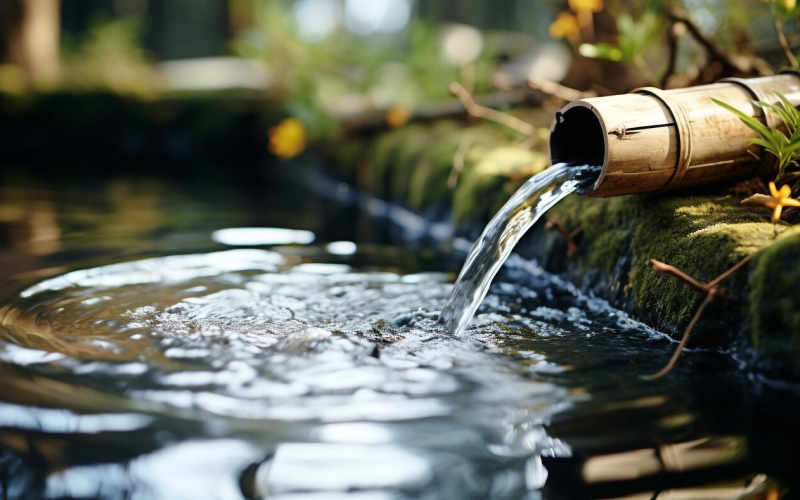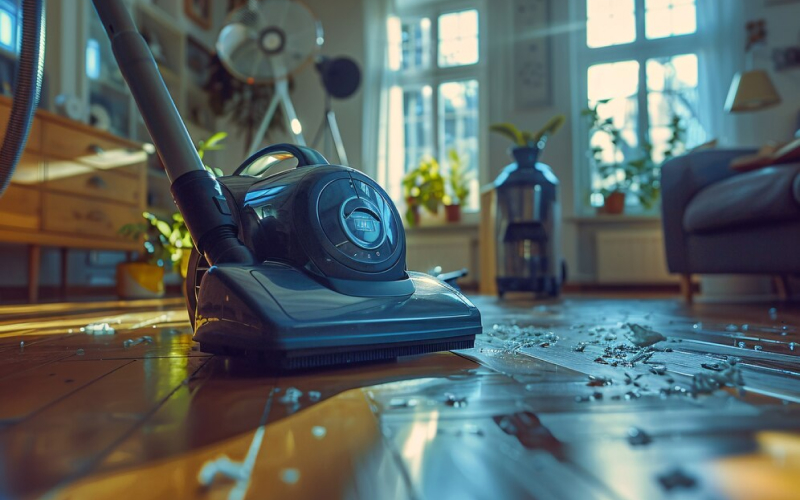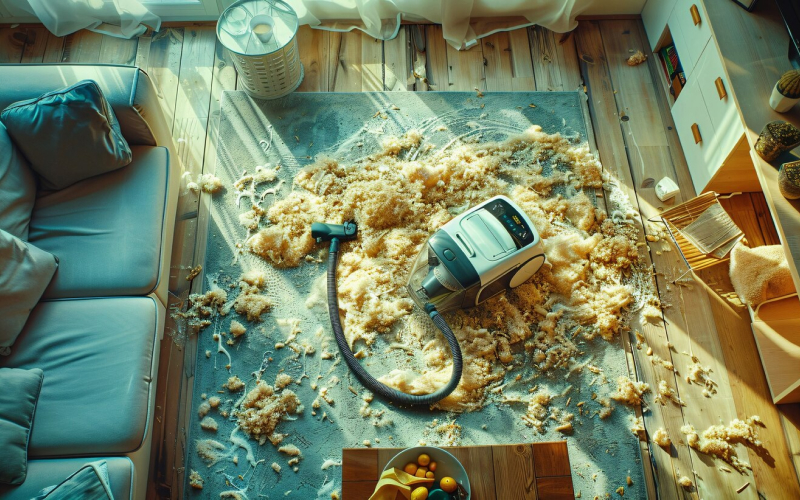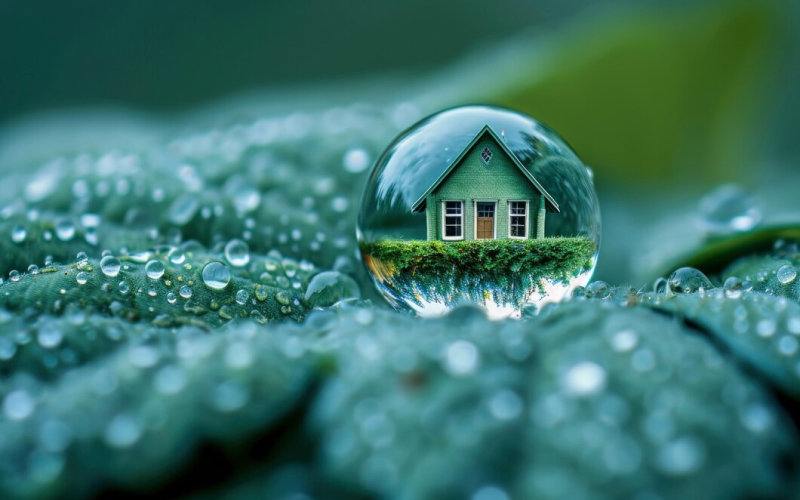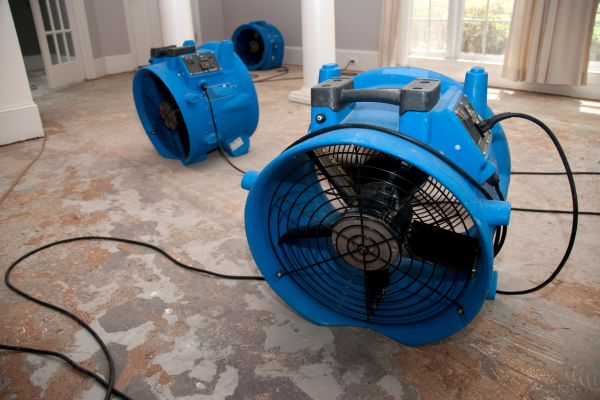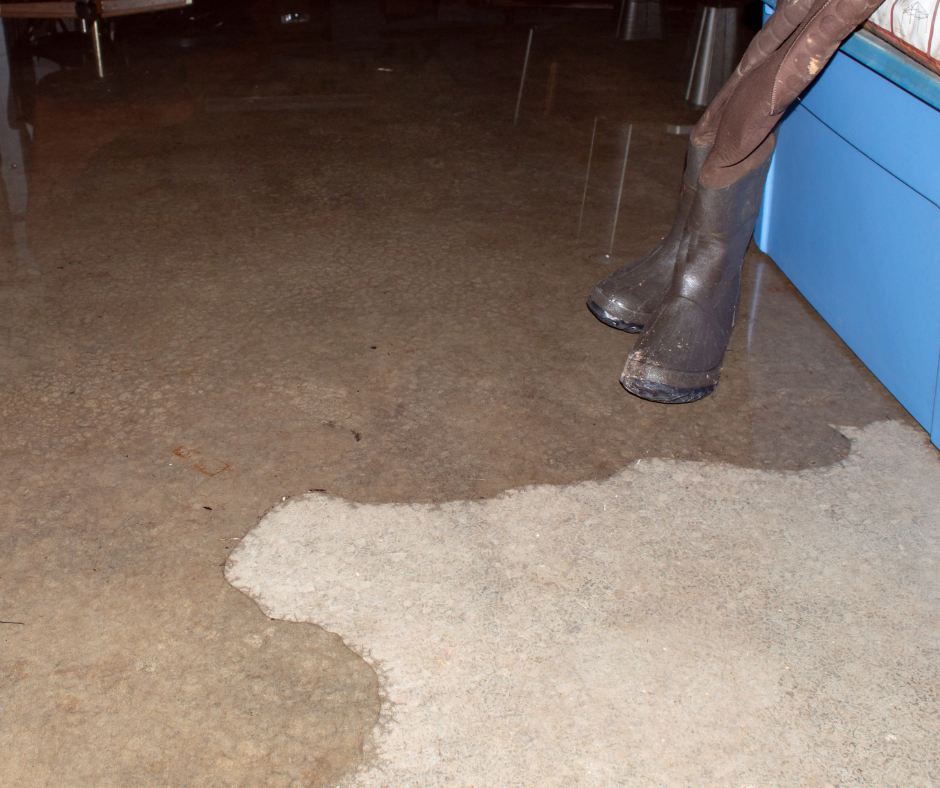
Santa Clarita, known for its picturesque scenery and sunny weather, occasionally faces heavy rain and flash floods that can cause significant property damage. Preparing your home and family for these natural events is essential to ensure safety and minimize potential damage. This blog will guide you through practical steps to get ready for heavy rain and flash floods in Santa Clarita.
Understanding the Risk
While Southern California is known for its arid climate, heavy rainstorms can occur, especially during the winter months and El Niño years. Santa Clarita’s hilly terrain and proximity to rivers like the Santa Clara River make certain areas particularly vulnerable to flash floods. These floods can develop rapidly, often with little warning, posing risks to homes, vehicles, and lives.
Knowing the risk factors unique to your location is the first step in preparing for heavy rain and flash floods.
Step 1: Evaluate Your Property’s Flood Risk
Understanding your home’s susceptibility to flooding is crucial. Here’s how you can assess your risk:
- Check Flood Zone Maps: Visit FEMA’s Flood Map Service Center to determine if your property lies in a high-risk flood zone.
- Inspect Drainage Systems: Ensure that storm drains, gutters, and downspouts around your property are clear of debris.
- Identify Low-Lying Areas: Note any dips or slopes on your property where water might collect during heavy rainfall.
Step 2: Prepare Your Home
Making small adjustments to your home can help protect it from water damage during storms:
- Seal Cracks and Openings: Inspect your home’s foundation, windows, and doors for cracks or gaps where water could seep in. Use caulking or weatherstripping to seal these areas.
- Install Flood Barriers: Consider using sandbags or temporary flood barriers to prevent water from entering your home, especially around doors and windows.
- Elevate Essential Utilities: Raise appliances, electrical systems, and HVAC units off the ground in flood-prone areas.
- Maintain Your Roof: Regularly check your roof for damaged shingles or leaks, as these can worsen during heavy rain.
Step 3: Create an Emergency Kit
A well-stocked emergency kit is essential for any natural disaster. Here’s what you should include:
- Water: One gallon per person per day for at least three days.
- Non-Perishable Food: Enough for three days.
- First Aid Supplies: Bandages, antiseptics, and prescription medications.
- Flashlights and Batteries: Reliable light sources in case of power outages.
- Important Documents: Store copies of IDs, insurance policies, and medical records in a waterproof container.
- Portable Phone Charger: Ensure you can stay connected in case of emergencies.
- Blankets and Clothing: Keep warm and dry clothing accessible.
Step 4: Plan for Evacuation
In the event of severe flooding, evacuation may become necessary. Prepare an evacuation plan with your family:
- Know Your Routes: Identify safe evacuation routes from your home. Be aware of roads prone to flooding and avoid them.
- Designate a Meeting Spot: Choose a safe location where family members can regroup if separated.
- Keep Your Vehicle Ready: Ensure your car is fueled and equipped with an emergency kit, including a spare tire and jumper cables.
Step 5: Monitor Weather Alerts
Stay informed about weather conditions and potential flood warnings:
- Sign Up for Alerts: Register for local emergency alerts through the city of Santa Clarita’s website or apps like Alert LA County.
- Use Weather Apps: Download reliable weather tracking apps such as NOAA Weather Radar or The Weather Channel.
- Listen to Local News: Tune in to local radio stations or TV channels for real-time updates.
Step 6: Protect Outdoor Areas
Your yard and outdoor structures are also vulnerable during heavy rains. Take these precautions:
- Secure Outdoor Furniture: Anchor or store patio furniture, grills, and decorations to prevent them from being carried away by strong winds or water.
- Trim Trees and Shrubs: Cut back branches near your home to reduce the risk of damage during storms.
- Direct Water Flow: Use landscaping techniques like French drains or swales to channel water away from your home.
Step 7: Understand Insurance Coverage
Review your homeowner’s insurance policy to ensure adequate coverage for flood-related damages:
- Standard Policies: Note that most standard policies do not cover flood damage.
- Flood Insurance: Consider purchasing a separate flood insurance policy through the National Flood Insurance Program (NFIP) or private insurers.
- Document Your Property: Take photos or videos of your home and valuables to facilitate insurance claims if needed.
Step 8: Prepare for After the Storm
Recovery after a flood can be just as critical as preparation. Plan for the following:
- Inspect Your Home: Check for structural damage, electrical hazards, and water intrusion.
- Use Professionals for Cleanup: Avoid handling floodwater yourself, as it may contain harmful contaminants. Call restoration experts like Core by Dedona for safe and efficient cleanup.
- File Insurance Claims Promptly: Contact your insurance provider immediately to begin the claims process.
Why Preparation Matters
Taking proactive steps to prepare for heavy rain and flash floods can:
- Protect Lives: Reduce the risk of injury or loss of life.
- Minimize Property Damage: Prevent costly repairs and restoration.
- Provide Peace of Mind: Feel confident knowing you’re ready for unexpected weather events.
- Core by Dedona: Your Local Restoration PartnerIf your home or business in Santa Clarita experiences water damage from heavy rain or flash floods, Core by Dedona Restoration is here to help. Our team of experts provides:
- 24/7 Emergency Response
- Water Extraction and Drying Services
- Mold Remediation
- Comprehensive RestorationWith advanced equipment and years of experience, we’ll restore your property to its pre-damage condition quickly and efficiently.
Heavy rain and flash floods in Santa Clarita can be challenging, but with proper preparation, you can significantly reduce the risks. By assessing your property’s flood risk, securing your home, creating an emergency kit, and staying informed, you’ll be ready to weather any storm. And if the unexpected happens, Core by Dedona Restoration is just a call away to help you recover and rebuild.
Stay safe, Santa Clarita!

